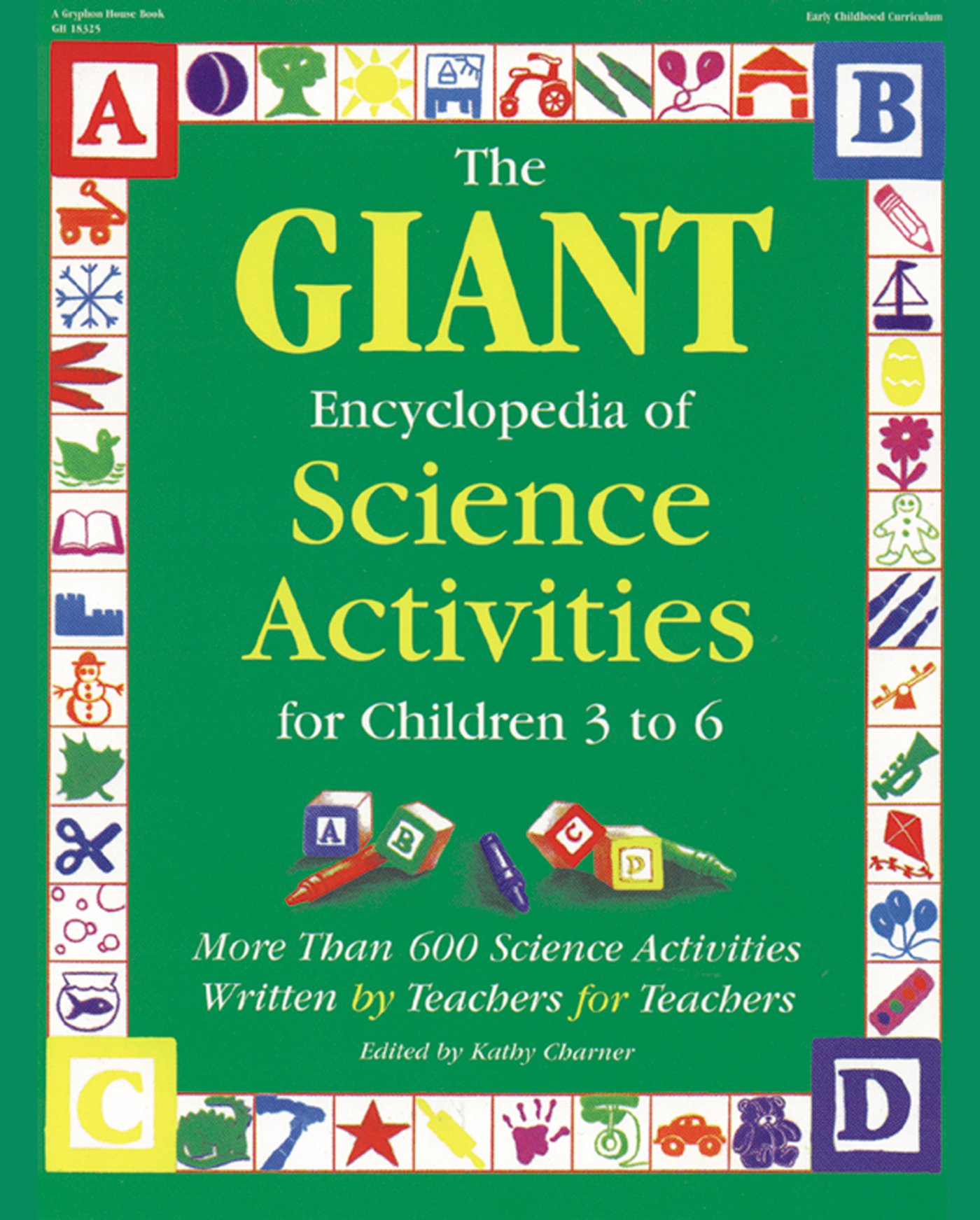Materials
Assortment of items, such as discarded small appliances
Containers
Various tools: screwdrivers, pliers, etc.Safety glasses
Instructions
1. Help children develop problem-solving skills by setting up a "What's Inside?" Center. This center will change over time but will always have in it a variety of items that have other items inside. Begin with discarded appliances or auto parts that have a lot of pieces inside. A carburetor from an auto junk yard or garage sale works well, or small kitchen appliances, telephones, cameras with lenses removed, a vacuum cleaner, clocks and hair dryers are good choices. Avoid things that might have glass or sharp parts, like a television. Caution: Cut off all electrical cords where they enter the appliance, and throw the cords away.
2. Put one or two items in the center along with various-size screw drivers, pliers and other appropriate tools. Provide safety goggles.
3. Encourage children to take apart the items to discover what's inside. Provide containers for them to put parts in as they dismantle the items. Discuss their findings and their hard work. Encourage prediction: "What do you think you will find inside? How many of those little round pieces do you think are in this toaster? How can we find out?"4. As the children "gut" one item after another, encourage them to bring fresh items from home to this center. They'll think of many items. If they need help getting started, suggest broken videotapes or audio cassettes, switch boxes, a pillow, a tube of toothpaste or a back pack.More to doArt: As children explore art materials during the day, discuss what might be "inside" markers, paint cups, pencils, chalk, glue bottles and other items.Language: Encourage children to bring in envelopes of junk mail. Open the envelopes and explore the contents. Children can "read" the junk mail, identifying letters and numbers, colors and familiar products.More science: Let the children explore "what's inside" items in each area of the classroom. Discuss what they find inside and list their findings on a chart. Suggested places to explore include inside game boxes, inside pocketbooks or suitcases in the dramatic play area, inside paint cups at the easel, inside a drawer or cabinet, inside a pencil container, inside a box of animals at the block area, inside a canister in the cooking area, inside a pocket, inside the room, inside the building. Children will think of many more places to explore.Snack: Cut miniature pita breads in half cross-wise, making pita pockets. Offer these with an assortment of fillings: shredded lettuce, chopped tomato, shredded or chunked cheese, sliced mushrooms, etc. Children stuff a pita pocket with their choice of fillings, then eat the pocket and "what's inside."
